Do you want to know what these famous Historical And Popular Figures Really Looked Like? Incredible digital art is being used to restore the appearances of historical figures, thanks to the work of Bas Uterwijk.
Using digital software and historical accounts, Uterwijk brings to life figures such as Napoleon, William Shakespeare, and Julius Caesar, giving them a more realistic appearance than traditional portraits. The photos that Bas generated have been further optimised by Face26 to increase this photo-realistic and HD look alike.
Famous Historical And Popular Figures Really Looked Like
Uterwijk’s process involves combining multiple images and using advanced software to create realistic textures, skin tones, and expressions. He also studies the historical context and cultural cues of the era in which the figure lived, ensuring that the resulting image is as accurate as possible.
The results are truly stunning and offer a unique glimpse into what these famous figures may have actually looked like. The level of detail and realism in each portrait is breathtaking, from the wrinkles and creases in clothing to the subtle emotions in the subject’s eyes.
Not only do these portraits offer a fascinating insight into history, they also challenge our preconceived notions of what these figures looked like. It’s a powerful reminder that history is not just a collection of dry facts and dates, but a rich tapestry of people, places, and events that shaped our world.
1. Statue of Liberty – real face and photo-realistic
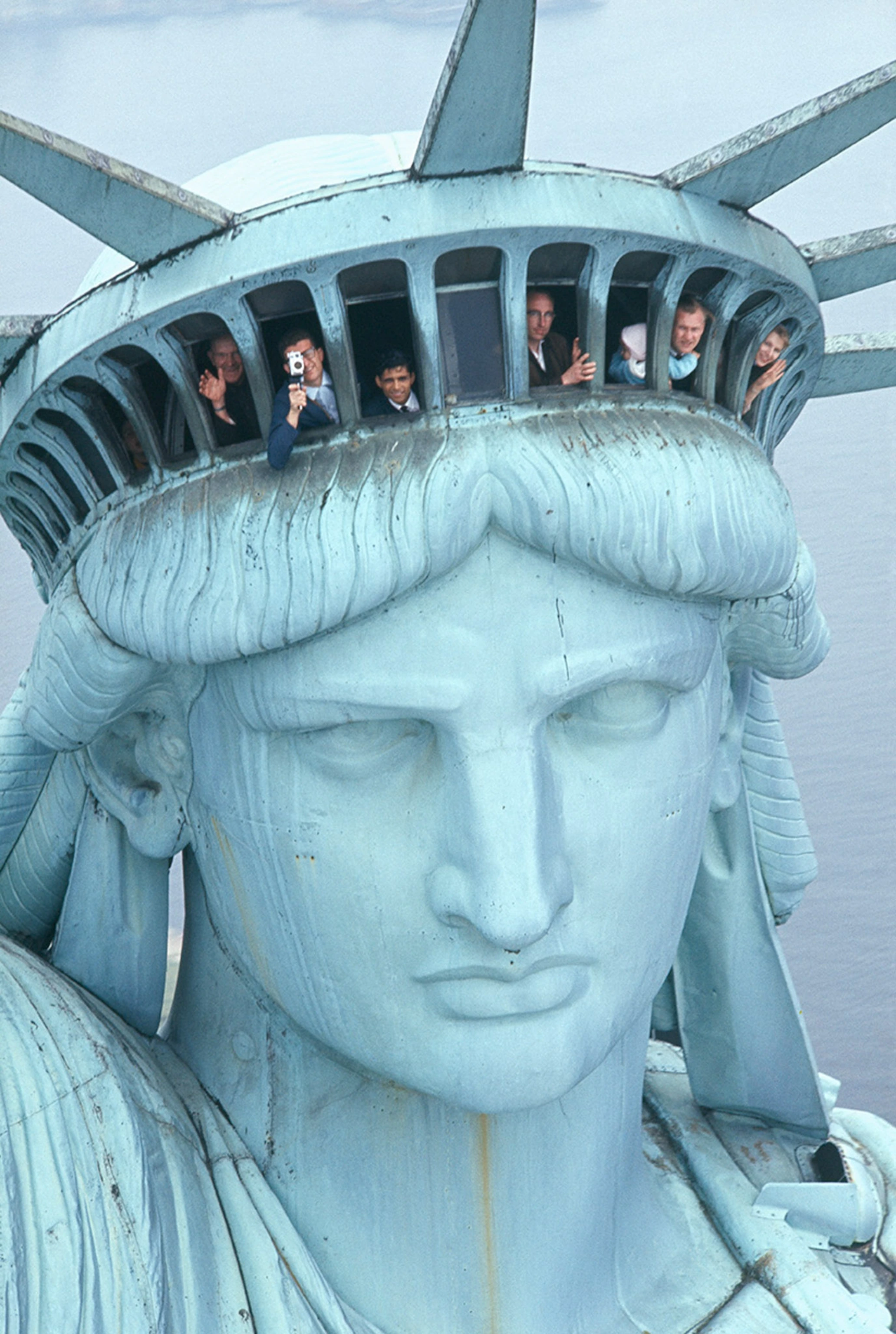

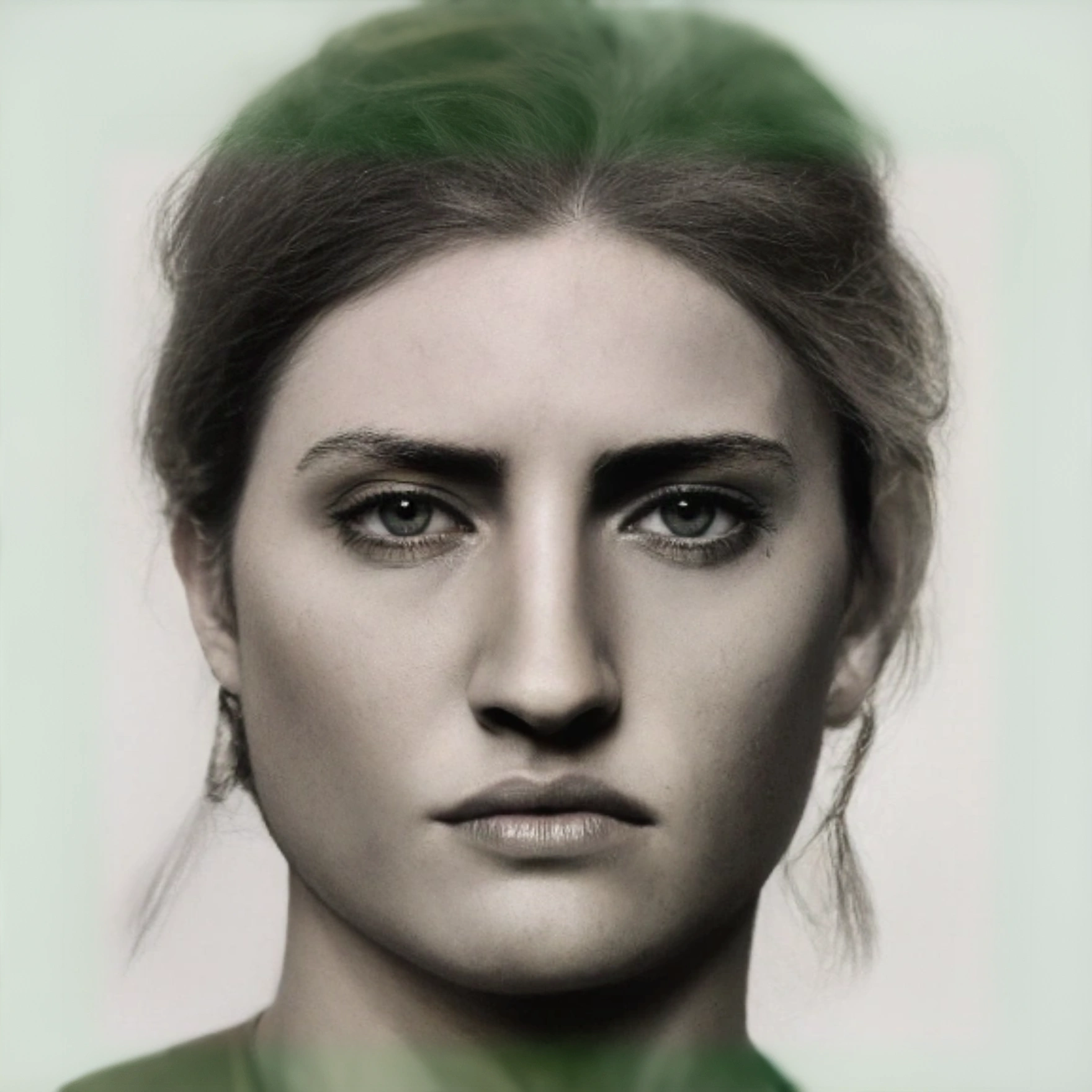
What AI imagines what the woman really looked like who was the model for the New York Statue of Liberty
The model of the New York Statue of Liberty is a stunning representation of the iconic American landmark. Have you ever wondered What she really rooked like?
It also offers a unique glimpse into the past, allowing us to see how famous historical and popular figures ‘really’ looked like through the intricate details in the sculpture’s design. It’s a testament to the enduring legacy of the Statue and its place in American history.
2. Jesus von Nazareth

The model of Jesus generated by AI is a remarkable example of how technology can bring historical figures to life. Through the use of advanced software, we can see a more accurate representation of how famous historical and popular figures ‘really’ looked like. This image offers a fascinating insight into how Jesus may have appeared during his lifetime, challenging our preconceived notions and giving us a new perspective on this iconic figure.
3. Vincent Van Gogh

This photo-realistic model of Vincent van Gogh is a stunning example of how AI can recreate famous historical and popular figures to reveal how they ‘really’ looked like. The intricate details in the image offer a new perspective on this iconic artist and his enduring legacy.
4. Fayum Mummy Portraits

The Fayum Mummy portraits are a fascinating example of ancient Egyptian art, created during the Roman period between the 1st and 3rd centuries CE. They are named after the Fayum Oasis in Egypt, where many of the portraits were discovered. These portraits were typically painted on wooden boards or linen and placed over the mummified body of the deceased during the burial process.
What makes these portraits unique is their realistic and lifelike depiction of the deceased individuals, often with strikingly expressive eyes and finely detailed clothing and jewelry. Many of the portraits also feature inscriptions in Greek or Egyptian hieroglyphs that identify the individual and provide details about their life and family.
The portraits were created using a technique known as encaustic painting, which involved mixing pigments with melted wax and applying them to the surface of the board or linen. The use of wax allowed the artist to achieve a high level of detail and color saturation, resulting in vivid and lifelike portraits that have endured for thousands of years.
Today, the Fayum Mummy portraits are treasured as a rare glimpse into the lives and appearance of everyday people in ancient Egypt. They offer a powerful reminder of the enduring legacy of art and the human desire to create lasting memorials to our loved ones.
5. David Michelangelo
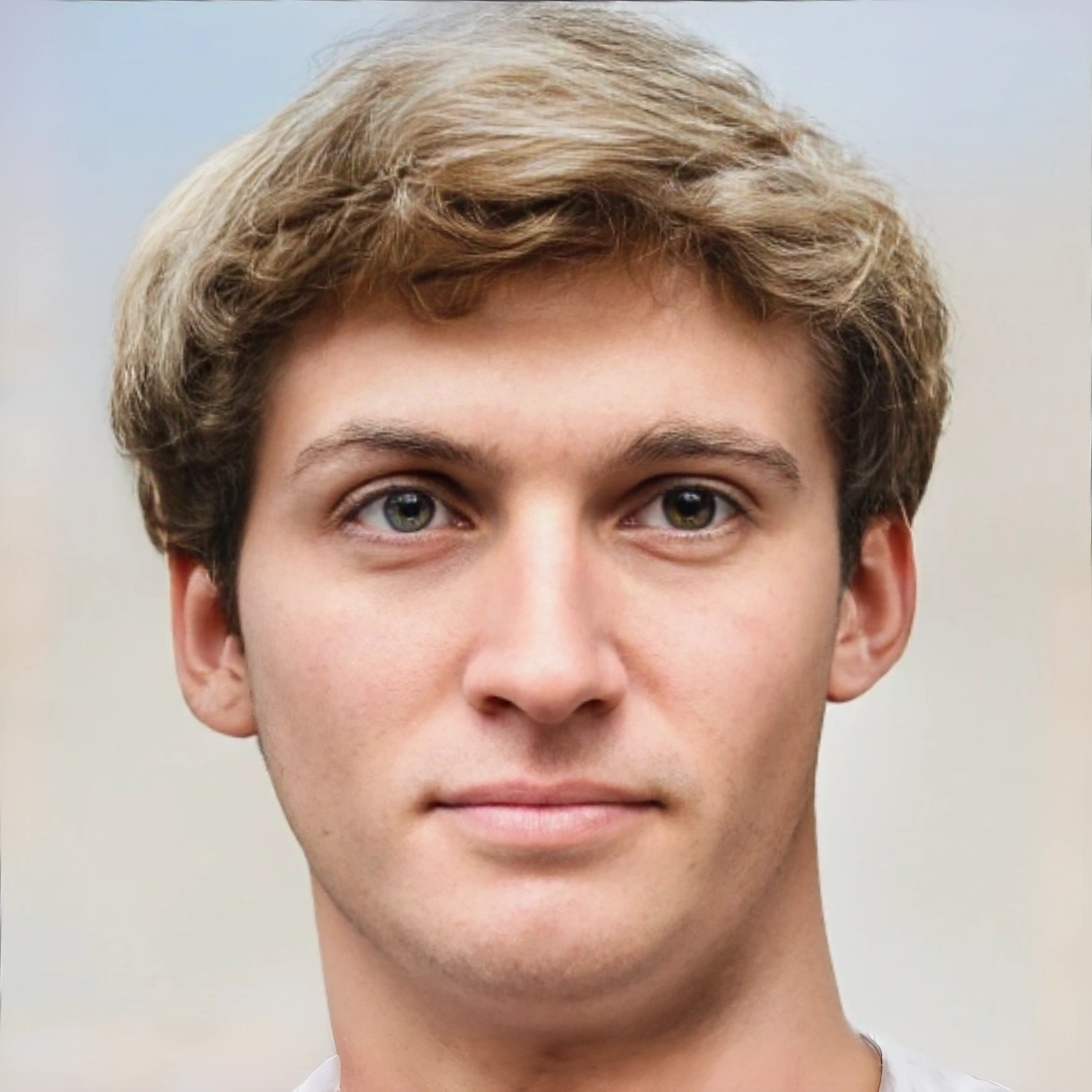
This photo-realistic model of Michelangelo’s David is a stunning example of how AI can recreate famous historical and popular figures to reveal how they ‘really’ looked like. The intricate details in the image offer a new perspective on this iconic sculpture and its enduring legacy.
6. Napolen
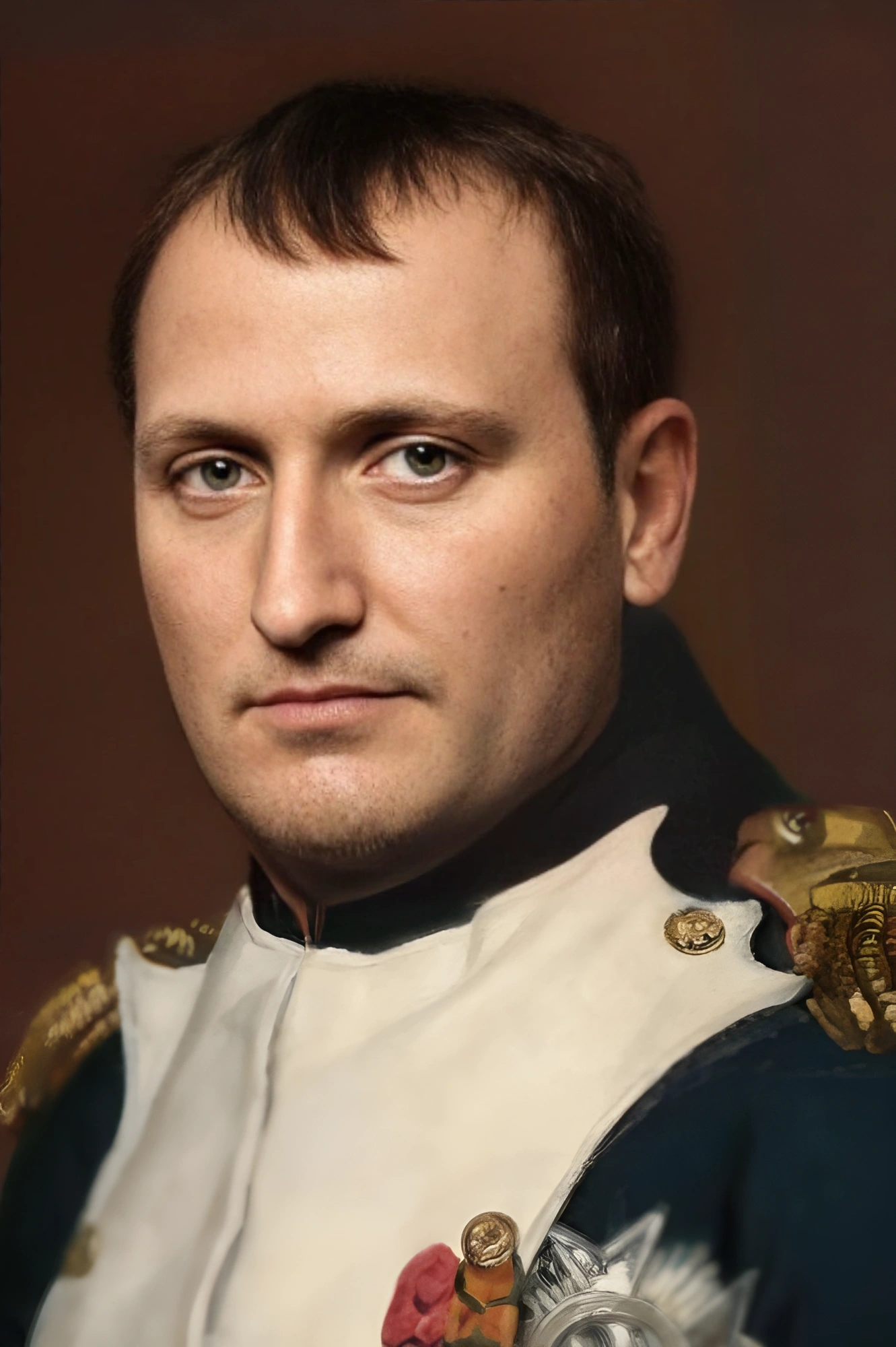
This photo-realistic model of Napoleon, enhanced by AI, offers a glimpse into how the famous French emperor ‘really’ looked like. The intricate details in the image bring him to life in a way that challenges our preconceived notions of this iconic figure.
7. Rembrandt

The photo-realistic model of Rembrandt generated and enhanced by AI offers a unique chance to glimpse how the renowned Dutch painter might have truly appeared. The image is incredibly detailed, providing a fresh perspective on this historical and popular figure’s physical features.
8. Billy The Kid
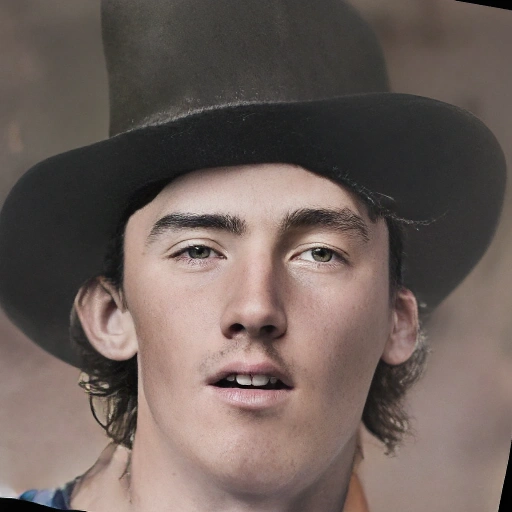

9. Frankenstein’s Monster
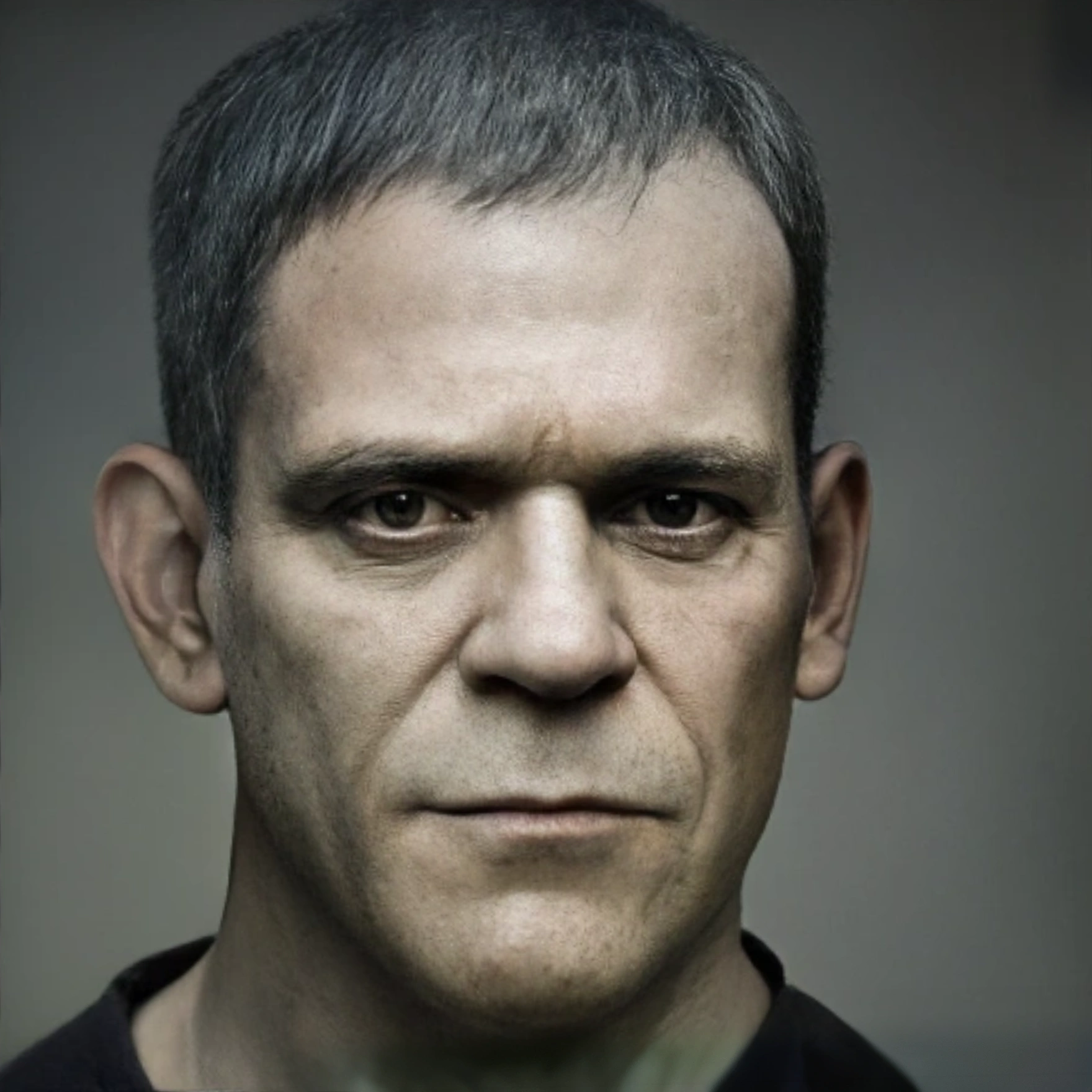
10. Sandro Botticelli

11. Niccolò Machiavelli

12. Fayum Mummy Portraits

13. George Washington

14. Fayum Mummy Portraits

15. Fayum Mummy Portraits

16. Doomguy
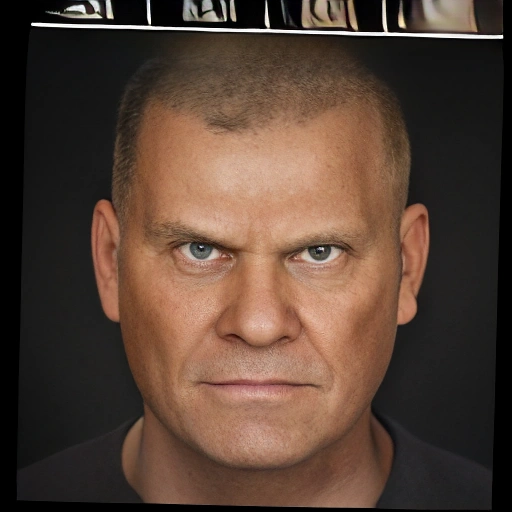

17. Elizabeth I, Queen Of England

18. Jan Van Eyck

19. Sandro Botticelli

20. Alfred E. Newman (Mad Magazine)







